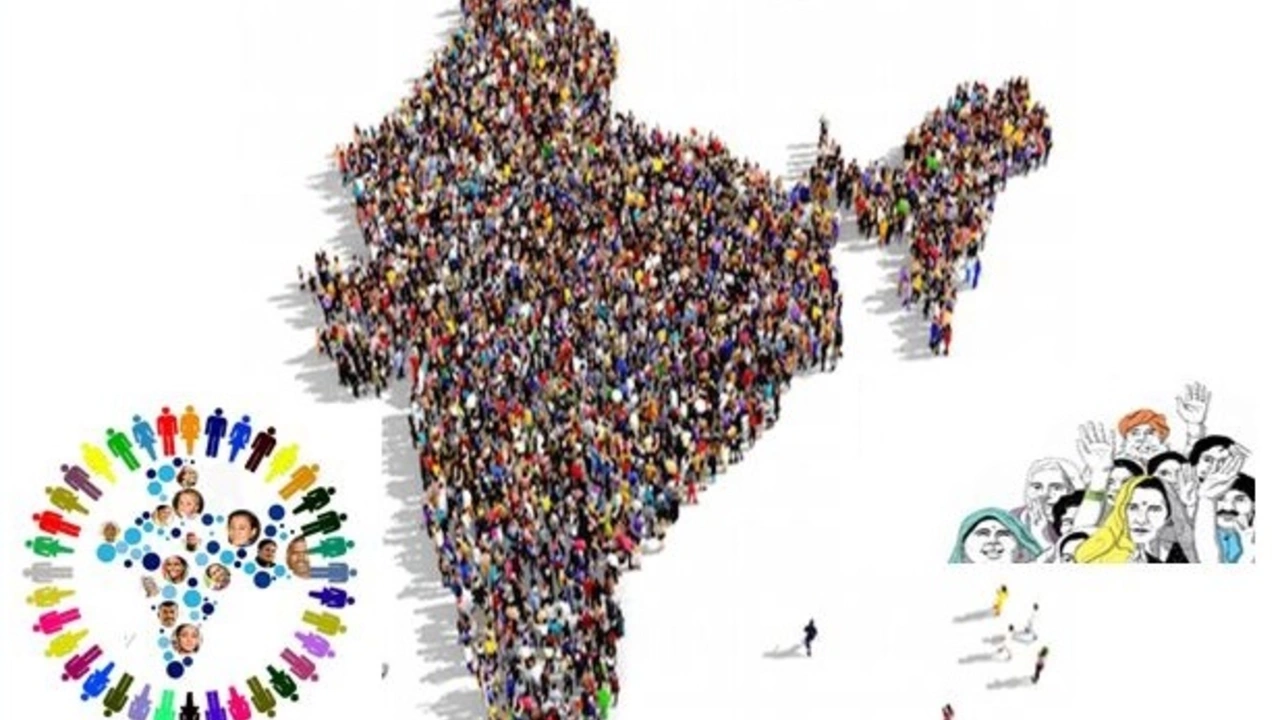India's population is absolutely booming, and it's like a never-ending festival over there! It's all because of an exquisite mix of factors - the country's youthful age structure, declining mortality rates, and cultural norms favoring large families. It's as if Mother Nature took one look at India and said, "You know what? I think I'll throw a party, and everyone's invited!" So, let's not forget, folks, behind these numbers are vibrant, diverse people, just like you and me. India, with its bustling, teeming masses, is just living life in high density!
Demographic Factors that Shape Our Stories
Ever wonder why some news pieces focus on young people while others talk about retirees? The answer often lies in demographic factors – the basic details about who people are. Things like age, gender, income, education and where they live help explain why certain topics get attention.
When you scroll through our tag page, you’ll see stories about Indian girls and alcohol, why many still choose to live in India, and even how judges get appointed. All of these revolve around who the audience is and what matters to them.
What are demographic factors?
Demographic factors are simple data points that describe a group of people. Age tells you if you’re looking at school‑age kids or senior citizens. Gender separates topics that affect men and women differently, like health programs or safety concerns. Income shows whether a story about affordable phones or luxury cars will hit home.
Education level, religion, and language are also part of the mix. For example, a piece about the most popular Hindi newspaper online matters more to readers who speak Hindi and follow local news.
These factors aren’t just numbers; they shape attitudes, habits and needs. That’s why a report on alcohol consumption among Indian girls pays attention to urban versus rural settings, education levels and cultural norms.
Why they matter in today’s news
Knowing the demographics behind a story helps you see the bigger picture. Take the article on why people still love living in India. It isn’t just about scenery – it talks about a growing economy, job chances and cultural pride, all of which appeal to a certain age group and income bracket.
Sports coverage, like the Duleep Trophy match, often highlights regional pride. Fans from Central Zone feel a connection because they share a geographic identity. That’s a demographic hook that draws readers in.
Political news, such as the debate over judge appointments in J&K, resonates with people who follow law and governance closely. Their education level and professional background make the story relevant.
When you understand these factors, you can pick the articles that matter most to you. If you’re a young professional in a metro city, stories about tech phones or career opportunities will click. If you’re a retiree, health policies and cultural essays might be more useful.
Our tag page groups these diverse pieces under "demographic factors" so you can quickly find content that matches your profile. It’s a one‑stop spot for news that speaks directly to who you are.
Bottom line: Demographic factors are the behind‑the‑scenes ingredients that flavor every story. They tell you why a piece was written, who it’s for, and how it fits into the larger social puzzle. Keep an eye on them, and you’ll get more out of every article you read.
